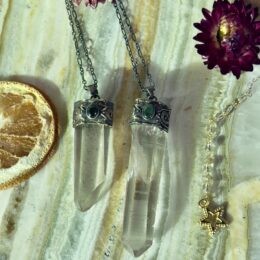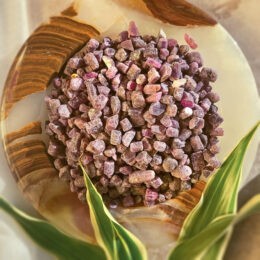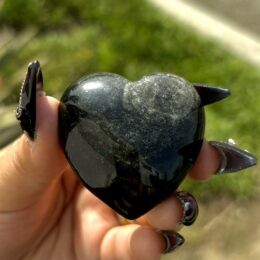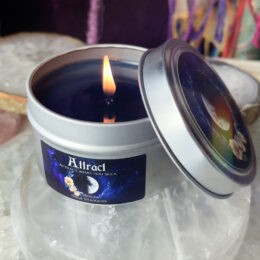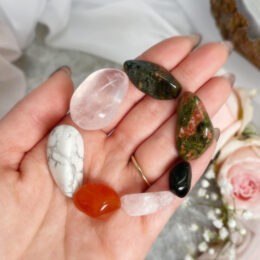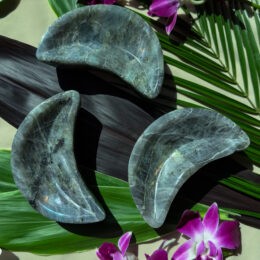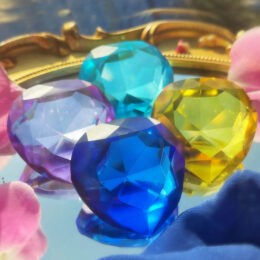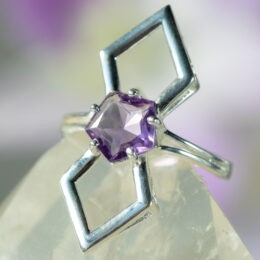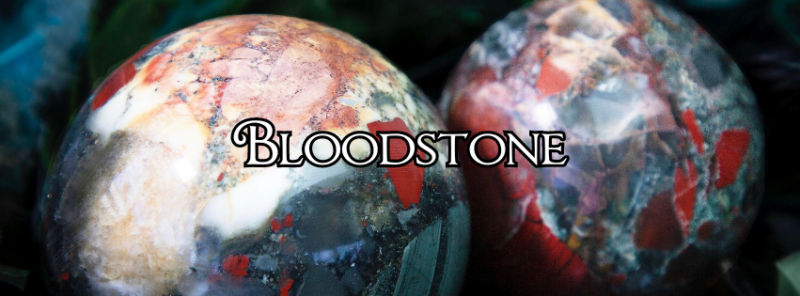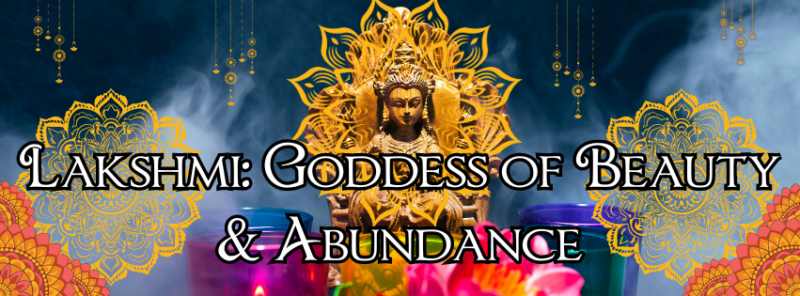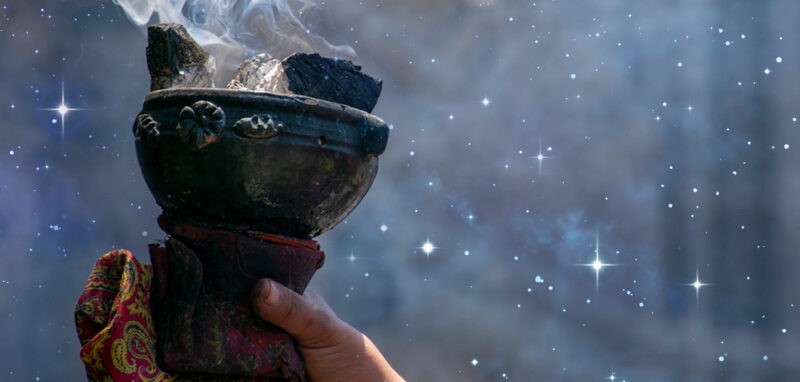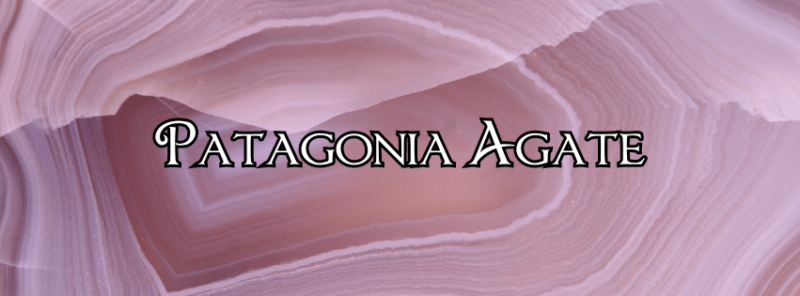Your cart is currently empty!
Onyx Guide: Properties and Meaning
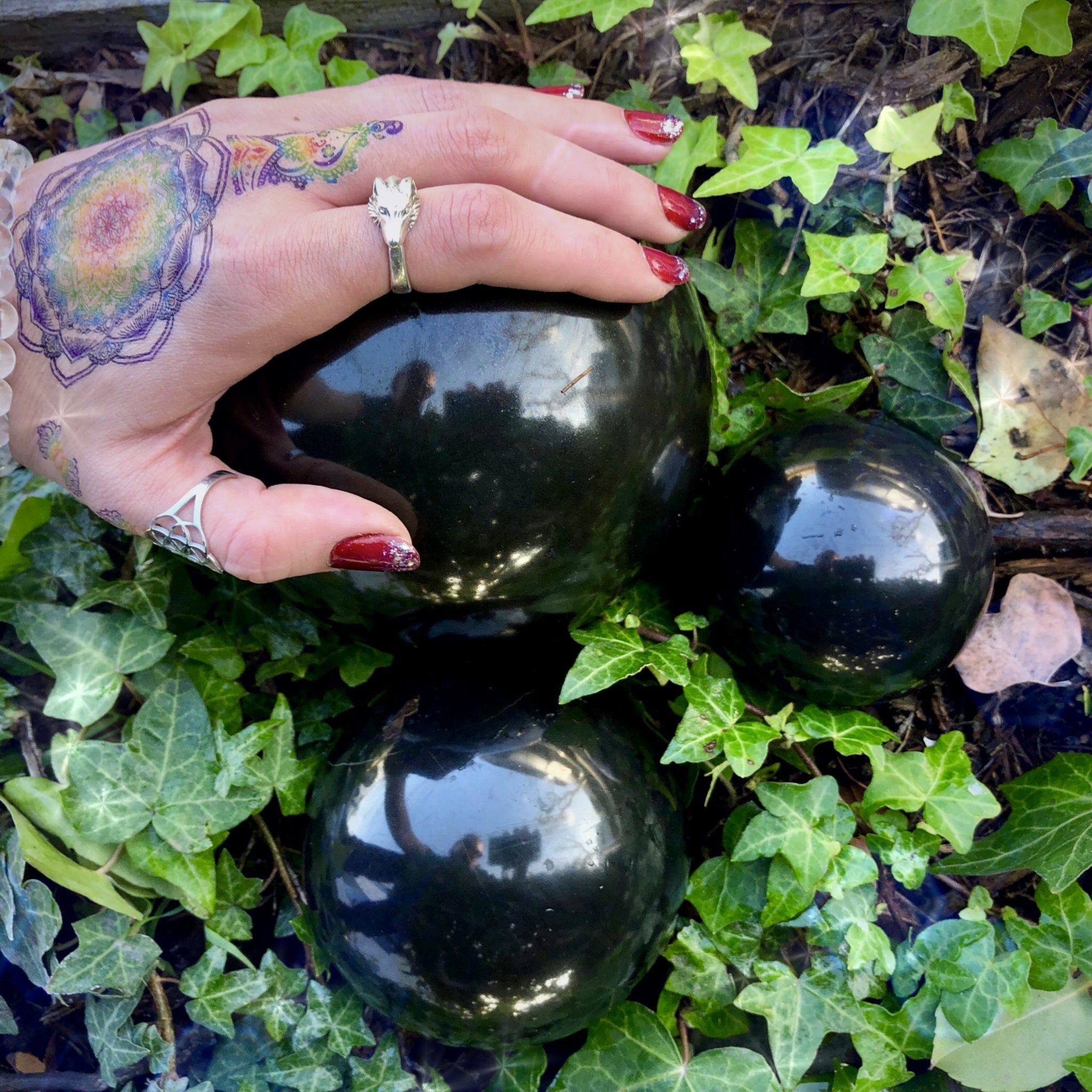
Onyx Properties
Color: VariousMohs Hardness: 6.5-7Chakra: VariesCrystal Structure: TrigonalLocation: Mount Everest, Grand Canyon, Niagara Falls
About Onyx
Onyx is a unique gemstone that comes in various colors, including black, brown, gray, white, and even green. It is a versatile stone that is highly valued for its beauty and spiritual properties. Unlike other gemstones, Onyx does not have a specific chakra associated with it, as its energy varies depending on its color. Each color of Onyx has its own unique properties and benefits, making it a popular choice for healing and spiritual practices.
The history of Onyx
The history of Onyx dates back thousands of years. It has been used by ancient civilizations such as the Egyptians, Greeks, and Romans for its striking appearance and metaphysical properties. In ancient Egypt, Onyx was highly regarded and often used in the creation of amulets and talismans. It had protective qualities and was associated with the god of the underworld, Osiris. The Greeks and Romans also valued Onyx and used it for carving cameos, jewelry, and decorative items. Throughout history, Onyx has been associated with strength, protection, and grounding, making it a cherished gemstone in various cultures.
What are the healing properties of Onyx?
Onyx has various healing properties, including grounding and protection. It also helps alleviate stress, anxiety, and fear. Additionally, Onyx promotes strength, stamina, and self-control.
What are the metaphysical/spiritual properties of Onyx?
Onyx enhances intuition and spiritual awareness. It helps connect with higher realms and facilitates spiritual growth. Onyx also aids in releasing negative energy and promoting positive transformation.
How does the color of Onyx affect its energy and properties?
The color of Onyx influences its energy and properties. Each color variation of Onyx has its own unique properties and benefits. For example, black Onyx is associated with protection and grounding, while green Onyx enhances emotional balance and healing.
How can Onyx be used for healing and spiritual practices?
Onyx can be used in various ways for healing and spiritual practices. It can be worn as jewelry, placed on the body during meditation or energy work, or used in crystal grids. Onyx can also be used for protection by placing it in the home or carrying it with you.
What goals can be achieved with the help of Onyx?
Onyx helps achieve a range of goals, depending on its color variation. It assists in grounding and protection, enhancing intuition and spiritual awareness, promoting emotional balance, and facilitating positive transformation. Onyx also aids in relieving stress, anxiety, and fear.
Black Onyx FAQ
What is [gem] used for?
[Gem] is used for various purposes, including jewelry making, decorative items, and healing practices. Its beauty and rarity make it highly sought after in the jewelry industry, where it is often used as a centerpiece in rings, necklaces, and earrings. Additionally, [gem] possesses certain metaphysical properties that can promote emotional and physical well-being when used in crystal healing practices.
What does [gem] do?
[Gem] has various effects on the mind, body, and spirit. It enhances one’s energy, promotes emotional balance, and stimulates creativity and intuition. Some people also believe that [gem] provides protection against negative energies and promotes spiritual growth. Additionally, [gem] has physical healing properties, such as relieving stress, improving circulation, and boosting the immune system.
Can [gem] go in water?
Whether or not [gem] can go in water depends on the specific gemstone. Some gemstones are safe to be submerged in water, while others may be damaged or discolored when exposed to moisture. It is important to research the specific properties of the gemstone in question before immersing it in water. In general, it is recommended to use gentle methods, such as wiping with a damp cloth, to clean gemstones instead of submerging them in water.
How to cleanse [gem]?
There are several methods to cleanse [gem] and remove any negative energies it may have absorbed. One common method is to place the gemstone under running water, such as a stream or faucet, for a few minutes while visualizing the negative energy being washed away. Another method is to bury the gemstone in the earth for a day or two, allowing it to reconnect with the grounding energy of the earth. Smudging with sage or using sound vibrations, such as with a singing bowl, are also popular cleansing methods.
What does [gem] do spiritually?
Spiritually, [gem] has various effects on the individual. It enhances spiritual growth, deepens meditation practices, and promotes a sense of inner peace and harmony. [Gem] also strengthens one’s connection to higher realms and facilitates communication with spirit guides or angels. Additionally, wearing or carrying [gem] provides a sense of protection and wards off negative energies.
How to clean [gem]?
To clean [gem], it is important to use gentle methods that will not damage or scratch the stone. One common method is to use a soft, lint-free cloth to gently wipe the gemstone. Avoid using harsh chemicals or abrasive materials that can erode the surface of the gemstone. If necessary, a mild soap or detergent can be used with water, but be sure to rinse the gemstone thoroughly and dry it completely afterwards.
How to spot fake [gem]?
Spotting a fake [gem] can be challenging, as there are many synthetic gemstones that closely resemble the real ones. However, there are a few indicators that can help identify a fake gemstone. Look for inconsistencies in color, clarity, and overall appearance. Real gemstones often have natural imperfections, while synthetic ones may appear too perfect. Additionally, consult with a reputable gemologist or jeweler who can use specialized equipment to determine the authenticity of the gemstone.
Is [gem] toxic?
In general, [gem] is not toxic and is safe to handle. However, there are some gemstones that may contain trace elements of toxic substances, such as lead or mercury. It is important to research the specific gemstone in question and take necessary precautions. If you are unsure about the toxicity of a particular gemstone, it is recommended to consult with a professional or avoid direct contact with the stone.
Where is [gem] found?
[Gem] can be found in various locations around the world. The specific geographic regions where gemstones are found depend on the type of gemstone. For example, diamonds are commonly found in countries like South Africa, Russia, and Australia, while emeralds are often found in Colombia, Zambia, and Brazil. Other gemstones, such as sapphires, rubies, and amethysts, have different primary sources as well. Gemstone mining is a global industry, with different countries known for producing different types of gemstones.
How is [gem] pronounced?
The pronunciation of [gem] can vary depending on the specific gemstone. It is recommended to consult a reliable source, such as a dictionary or a gemstone expert, to ensure the correct pronunciation. Additionally, the pronunciation may differ based on regional accents and languages.
What chakra is associated with [gem]?
The chakra associated with [gem] depends on the specific gemstone. Each gemstone resonates with different chakras, which are energy centers in the body. For example, amethyst is often associated with the crown chakra, which is located at the top of the head and is associated with spiritual connection and enlightenment. Citrine, on the other hand, is often associated with the solar plexus chakra, which is located in the abdomen and is associated with personal power and confidence.
Can [gem] be in the sun?
Whether or not [gem] can be exposed to sunlight depends on the specific gemstone. Some gemstones, such as amethyst and rose quartz, are generally safe to be exposed to sunlight. However, other gemstones, such as ametrine or kunzite, may fade or change color when exposed to prolonged sunlight. It is important to research the specific properties of the gemstone in question and take necessary precautions to protect it from excessive sunlight exposure.
How to charge [gem]?
To charge [gem], you can place it in direct sunlight or moonlight for a few hours or overnight. The energy from the sun or moon will infuse the gemstone and enhance its metaphysical properties. Additionally, you can also charge [gem] by placing it on a bed of quartz crystals or burying it in the earth for a day or two. It is important to set your intention and visualize the gemstone being filled with positive energy during the charging process.
What is the hardness of [gem]?
The hardness of [gem] varies depending on the specific gemstone. The hardness of gemstones is measured on the Mohs scale, which ranges from 1 (softest) to 10 (hardest). For example, diamonds are the hardest gemstone and have a rating of 10 on the Mohs scale, while talc is the softest mineral and has a rating of 1. It is important to consider the hardness of a gemstone when wearing or storing it, as softer gemstones may be more prone to scratches or damage.


